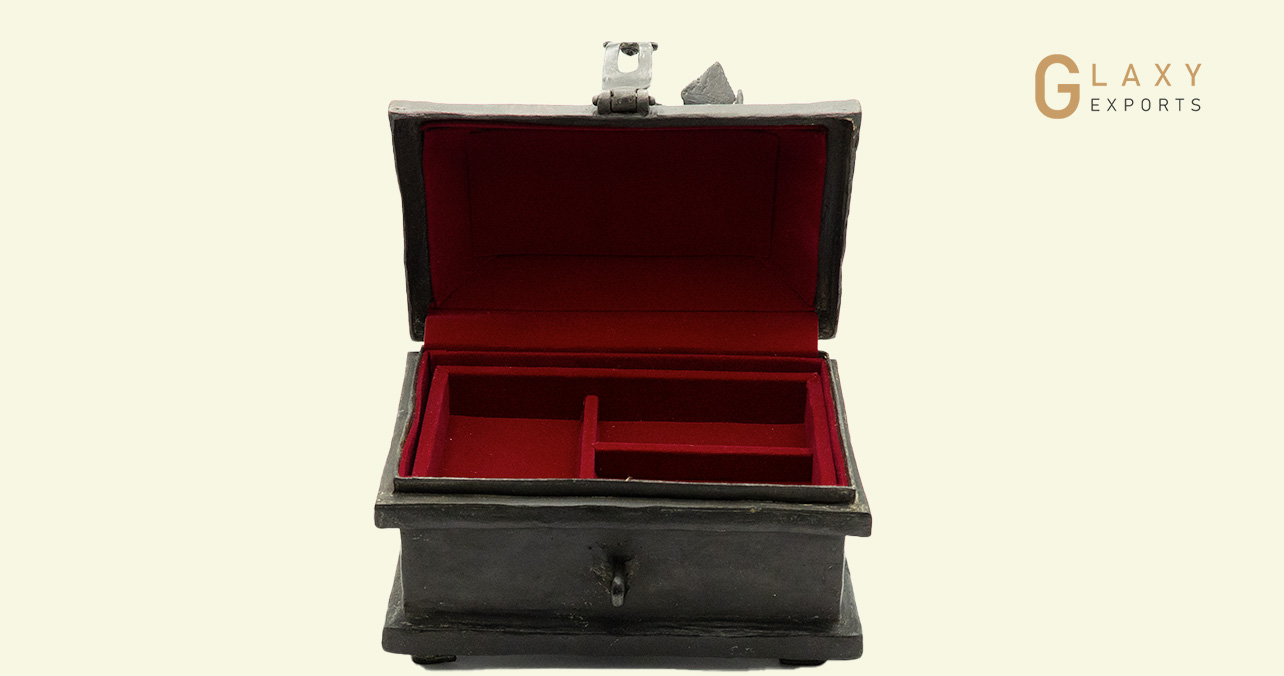Find out our works
Our Products
Antiquity Trinket Boxes
The earliest known use of the noun trinket is in the early 1500s. OED’s earliest evidence for trinket is from around 1525, in the writing of John Rastell, lawyer and printer, trinket of uncertain origin. Trinket boxes are versatile decorative items that can be used in various ways, from storing jewellery and keepsakes to displaying collectibles and serving as gift boxes or decorative items.
Jewellery boxes date back to 5000BC when Egyptian men and women would fashion fantastic boxes of gold and set them with stone such as turquoise, onyx and lapis lazuli. Every beautiful piece of jewellery deserves to come with beautiful jewellery boxes as works of art themselves. The upper echelons of Roman society used jewellery boxes to store and protect everyday items of jewellery, such as fibulas (brooches for fastening garments).
For much of history, jewellery boxes have been a luxury for the privileged few that needed storage for their jewellery. One-of- a-kind boxes, unique to the owner and encrusted with precious metals, became a status symbol for Royalty and high society. The concept of collecting became popular in the Victorian era, so jewellery boxes helped to store and show off items of interest in affluent home.
As I have felt that antique jewellery boxes were another way of standing out from the crowd of feeling a connection to something deeper with the growing diversity of test, I have created this Trinket box, a combination of wood and brass, for the every fascinating elite women.
Size (cms) – L-20, B- 12.5, Ht – 20, Wt – 2.38kgs. Metal – Brass
Get a Quote Get a QuoteOur Other Dokra Products

Votive Lamp

Sankh

Antiquity Trinket Box

Drishti Ganeshas
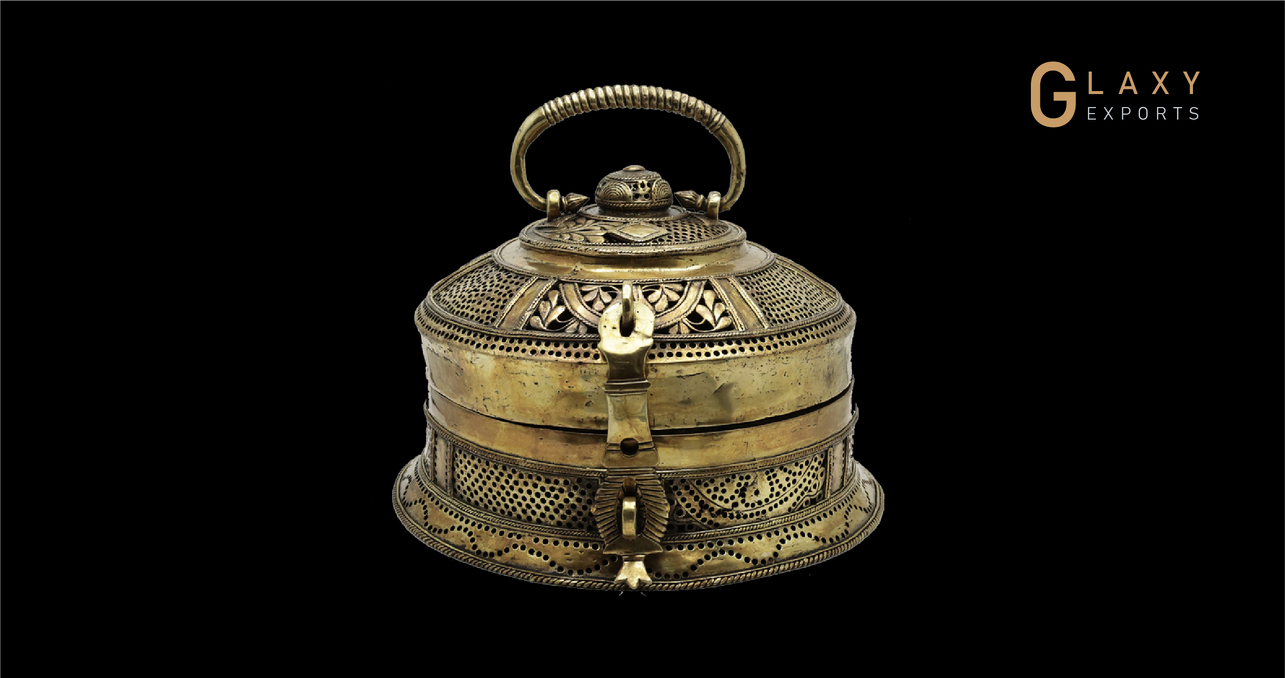
Petit Cabinet de Curiosities

Lime Stick
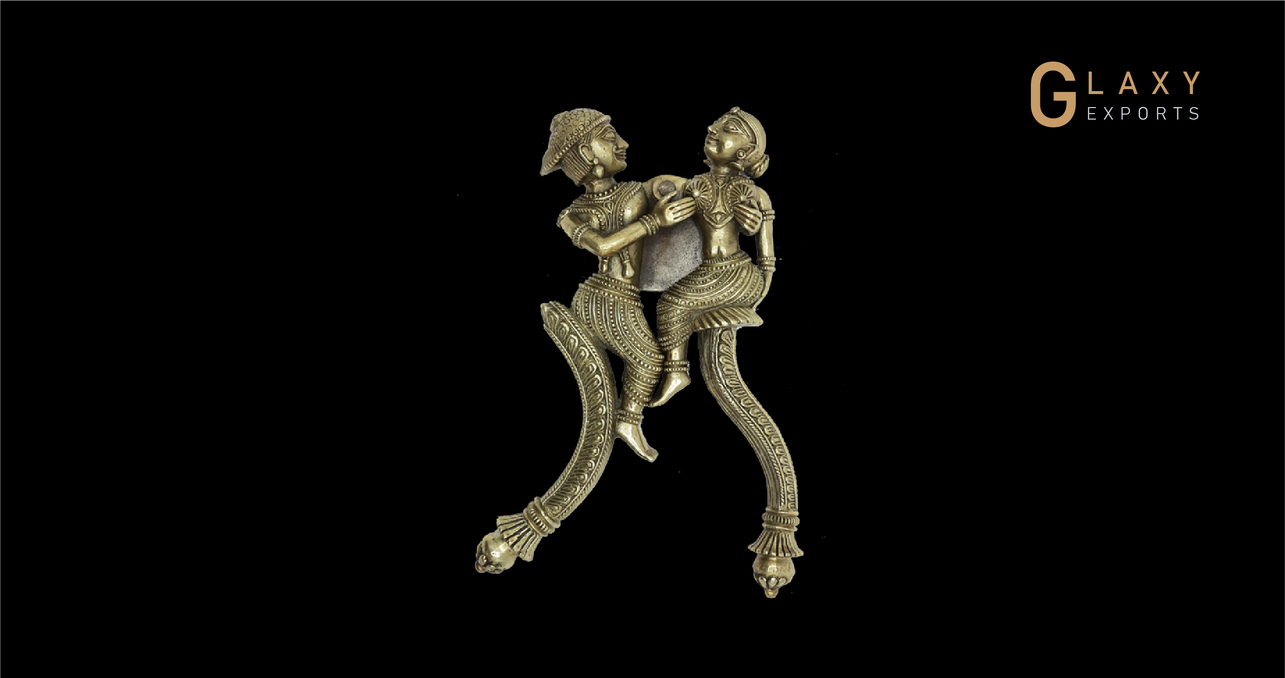
Betel nut Cutter

Shiva Lingam

Tara / Shakti
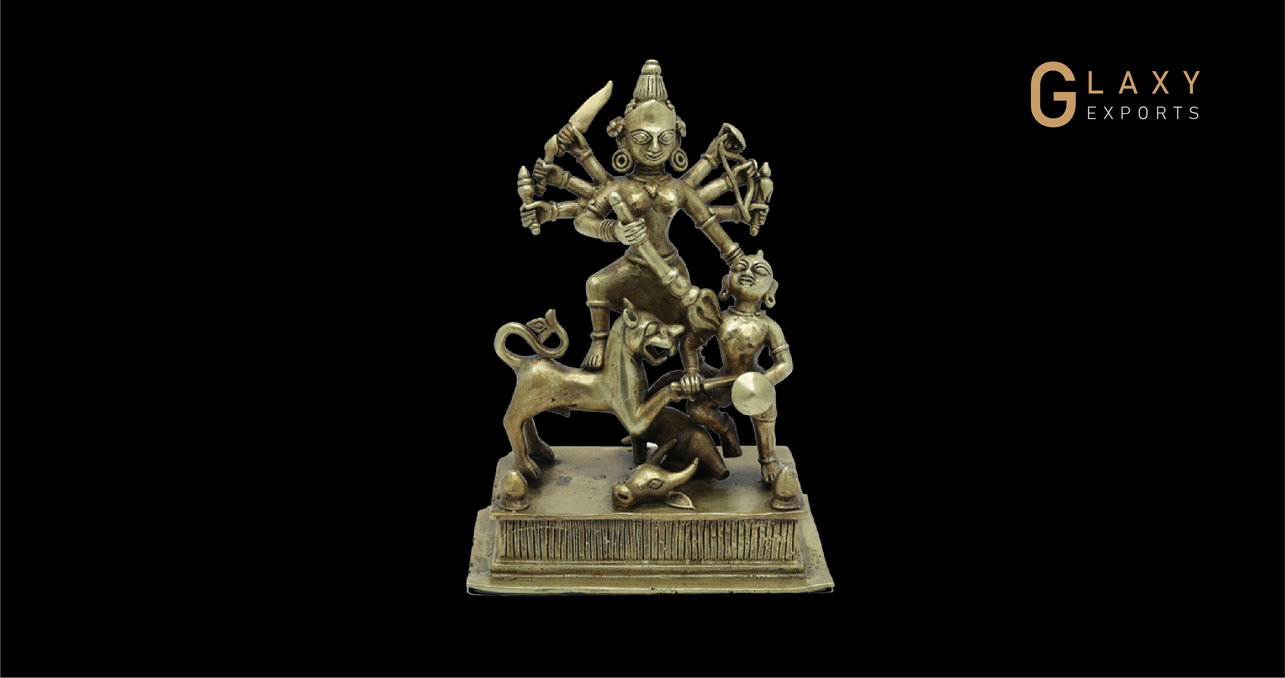
Mahisasurmardini

Mahisasurmardini

Babu Ganesha

Ravana

Deepam of Devi

The Majestic Peacock

Lamps of India

Votive lamp
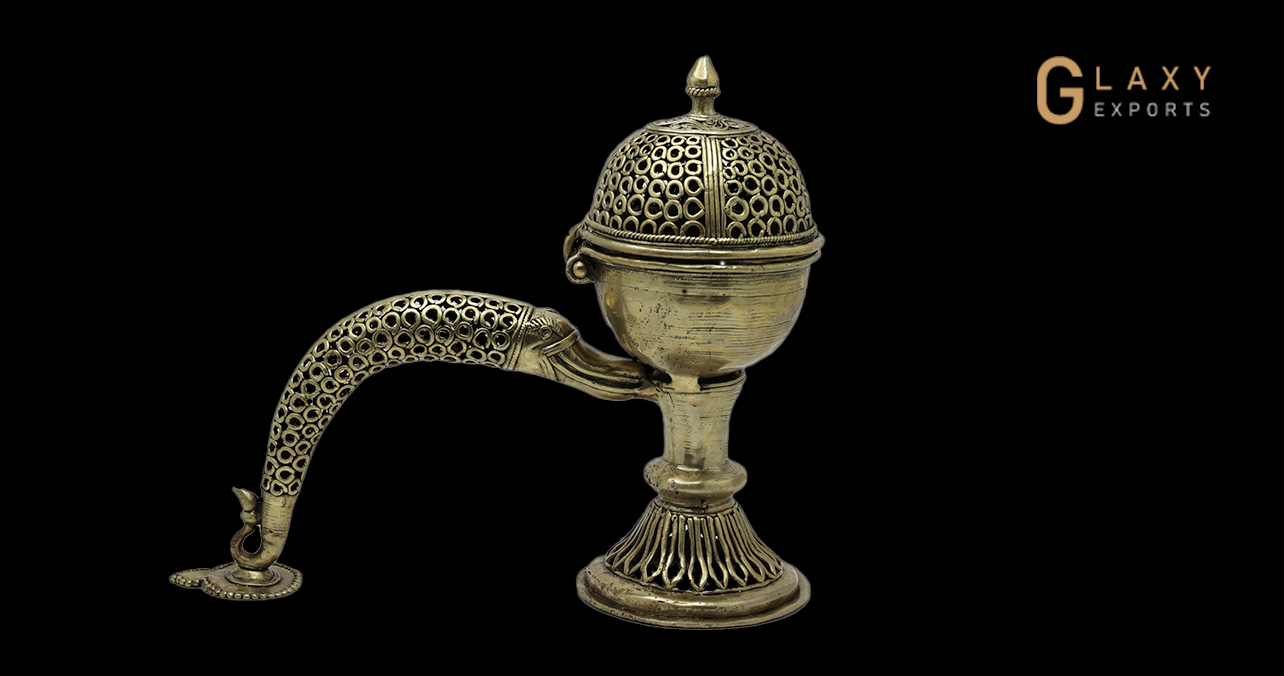
Chirag Dhuni

Chirag Dhuni

Chirag Dhuni

Buddha

Bandevi

Mahisasurmardini
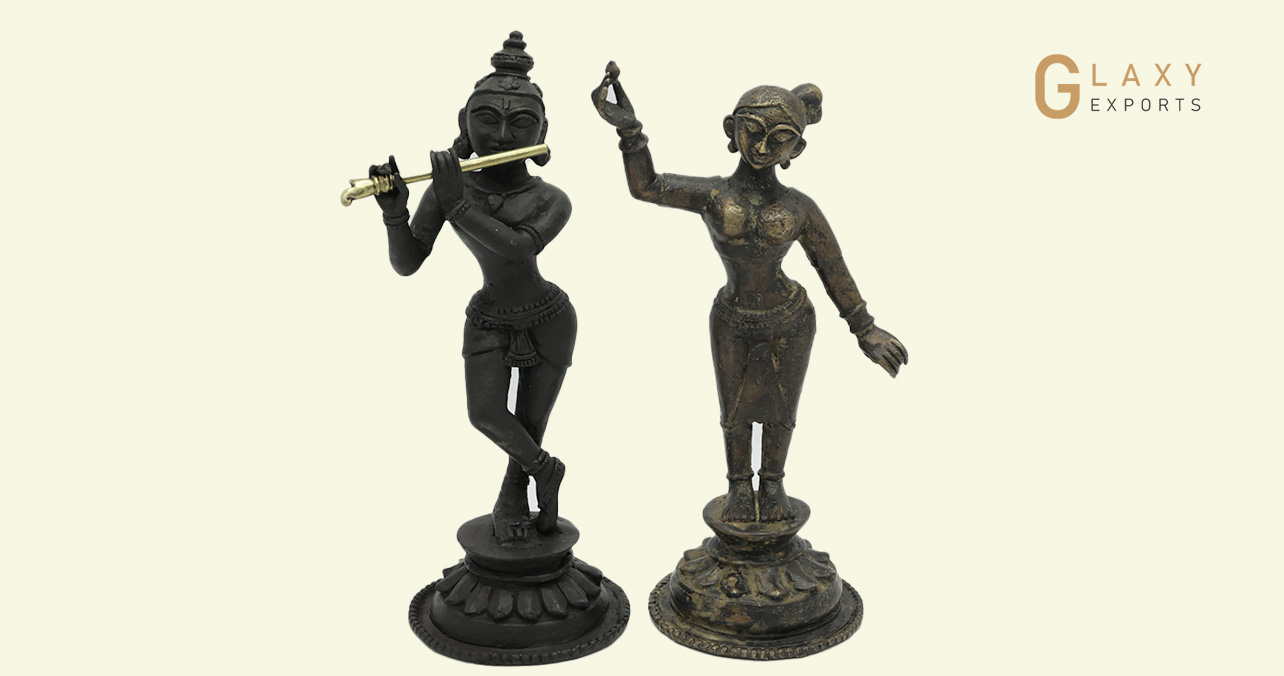
Radha Krishna
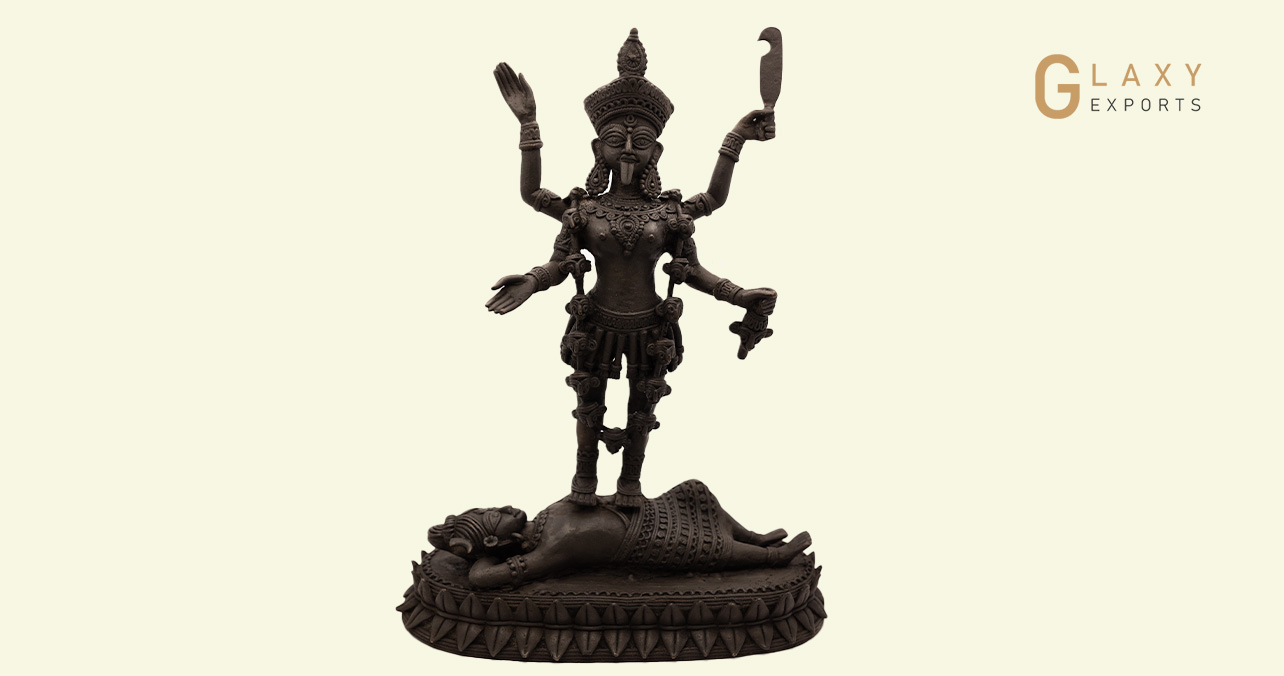
Maa Kali

Chamunda

PASHUPATINATH

Antiquity Trinket Boxes


